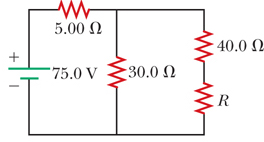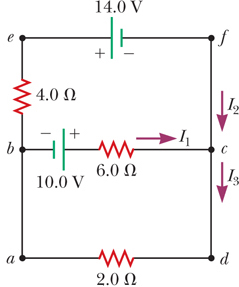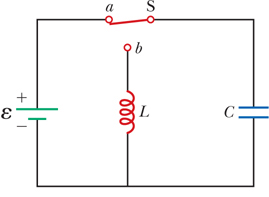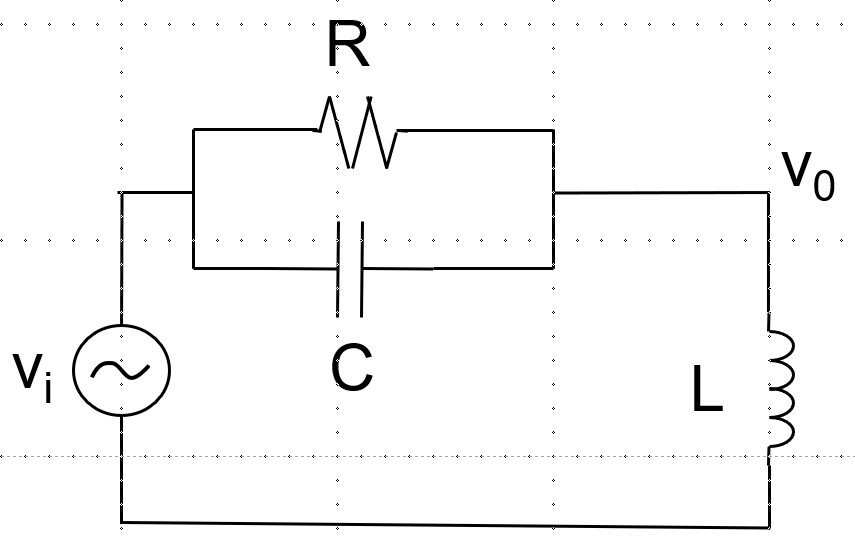Trimester 2
Test 2 – 2022
ENGR 142
Engineering Physics
Time Allowed:
TWO HOURS
CLOSED BOOK
Permitted materials:
• 1 hand-written, single-sided, letter-sized A4 equation sheet (with only
equations and/or circuit diagrams)
• non-programmable calculator
• pencil/pen
Instructions:
Answer
All questions.
Total marks: 60
ENGR 142
Page
1 of
5
Charge for an electron: qe = 1.6 × 10−19 C.
1 mol = 6.022 × 1023 atoms
Problem 1 (12 marks)
(a) An aluminium wire has a cross-sectional area equal to 4.0 × 10−6 m2 and carries a current
of 5.0 A. Aluminium has a density of 2.7 g/cm3 and a molar mass of 27 g/mol. Assume
each aluminium atom carries one conduction electron per atom.
(i) Find the number density of aluminium in units: number of atoms/m3.
(4 marks)
(ii) Find the drift speed of the electrons in the wire.
(2 marks)
(b) A tungsten wire 1.5 m long and 0.6 mm in diameter is connected to a source with a
potential difference of 1.5 V. At 20 ◦C, 3.5 A of current flows through the wire.
(i) Find the resistivity of Tungsten at 20 ◦C.
(2 marks)
(ii) Determine the resistivity of Tungsten at 120 ◦C.
(2 marks)
(iii) Find the current in the wire at 120 ◦C.
(2 marks)
Problem 2 (5 marks)
The quantity of charge, Q (in coulombs), that has passed through a surface of area 2.0 cm2
varies with time according to the equation:
Q(t) = 4t3 + 5t + 6
where t is measured in seconds.
(a) Find the instantaneous current through the surface at t = 4.0 s.
(2 marks)
(b) Find the average current through the surface from t = 2.0 s to t = 4.0 s.
(2 marks)
(c) Find the value of the current density, as a function of time.
(1 mark)
ENGR 142
Page
2 of
5


 Problem 3 (13 marks)
Problem 3 (13 marks)
(a) The current in the circuit diagram to the right is 2.5 A.
(i) Determine the equivalent resistance in the circuit.
(1 mark)
(ii) Find the value of the unknown resistor, R.
(2 marks)
Figure for Problem 3a.
(b) Consider the circuit diagram to the right.
(i) Redraw the circuit diagram, clearly labelling the Kir-
choff’s loops that you will use to solve the problem.
(1 mark)
(ii) Using the Kirchoff’s loops just drawn and the current
directions as given in the problem, solve for the three
unknown currents: I1, I2, and I3.
(4 marks)
Figure for Problem 3b.
(c) In the circuit diagram to the right, the battery has an emf of
12.0 V, the inductor has an inductance of 3 mH and the capac-
itor a capacitance of 9.0 pF.
For time t < 0, the switch has been set to position a for a long
time, so that the capacitor is fully charged. At time t = 0,
the switch is then thrown to position b, removing the battery
from the circuit and connecting the capacitor directly to the
inductor.
(i) Find the frequency of the oscillations in the circuit.
(1 mark)
(ii) Find the equation for the charge as a function of time.
Figure for Problem 3c.
(2 marks)
(iii) Determine the maximum current that flows in the cir-
cuit.
(2 marks)
ENGR 142
Page
3 of
5
 Problem 4 (15 marks)
Problem 4 (15 marks)
Consider the circuit shown in the Figure below, where R = 1000Ω, C = 1
µ F and L = 1 mH.
The input voltage vi is vi(t) = 100 cos(1000t + 45o) V.
Figure for Problem 4.
(a) What is the voltage across the inductor?
(8 marks)
(c) Sketch the phasor diagram showing: the input voltage, voltage across the inductor,
and the current through the inductor. You do not need to draw the magnitudes to scale.
(7 marks)
Problem 5 (7 marks)
(a) Design a first order filter which attenuates frequencies greater than 100 rad/s by 3 dB
relative to the passband. Sketch the circuit diagram and clearly label all components.
(3 marks)
(b) For the filter in (a), find the attenuation (in dB) at 500 rad/s.
(4 marks)
Problem 6 (8 marks)
(a) Design a filter that passes a band of frequencies 100 rad/s wide centered approxi-
mately at 1000 rad/s. Your design should use a 1 Ω resistor. Sketch the circuit and
clearly label all components.
(5 marks)
(b) Find the gain (in dB) at the resonant frequency.
(1 mark)
(c) Find the exact values of the cut-off frequencies.
(2 marks)
ENGR 142
Page
4 of
5
* * * * * * * * * * * * * * *
ENGR 142
Page
5 of
5



